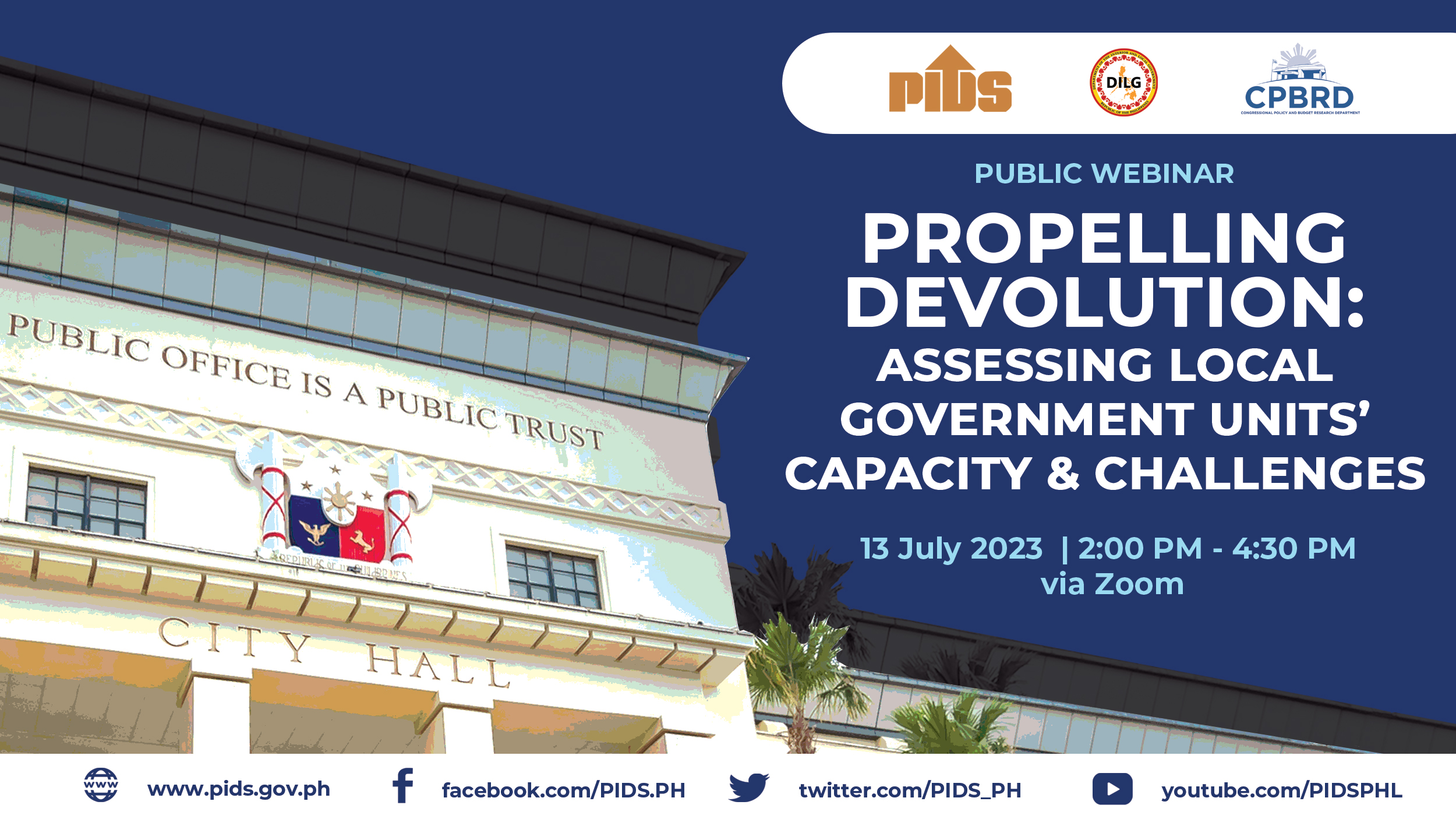The depletion of the National Food Authority’s (NFA) rice stockpile has once again revived calls for an increase in the government’s support price for paddy. This, after the food agency’s buffer stock—from which cheaper rice sold in markets and those distributed to victims of natural disasters are drawn—has fallen to precarious levels. Because the NFA could not import rice before June, it had resorted to urging rice farmers to help the agency beef up its stockpile by selling their paddy to the NFA.
For farmers to do this, Agriculture Secretary Emmanuel F. Piñol said the NFA Council (NFAC—the highest policy-making body of the NFA—should consider increasing the palay support price to P20 per kilogram from the current P17 per kg.
“The rule of thumb is that the commercial price of rice is double the farm-gate price. So if the buying price is P20 per kg, the retail price should only be P38 to P40 per kg,” Piñol told the BusinessMirror in an interview. “I think the retail price is affordable to everyone. The increase in support price would also make farmers happy.”
Edwin Y. Paraluman, chairman of the Philippine Farmers Advisory Board, agreed with the chief of the Department of Agriculture (DA). Paraluman, who represents the farmers’ sector in the NFAC, said the increase in support price is warranted as the cost of production inputs has become more expensive in recent years.
“If farmers’ cost of production is P12 per kg, then they would earn P8 per kg. If a farmer harvests an average of 4 metric tons [MT], then his net income would reach P32,000 per harvest,” Piñol said. “That is good enough.”
Data from the Philippine Statistics Authority (PSA) showed that farmers posted the highest net income average in the past decade in 2014, when the average annual farm-gate price of palay was at P20.07 per kg. That same year, PSA data showed that rice farmers recorded an average net income of P31,365.
Four years ago PSA data indicated that the cost of producing paddy was at P12.17 per kg. This translated to a net profit-cost ratio of 0.65, which means a rice farmer earned 0.65 centavos for every peso he spent for production inputs.
But for Pablito M. Villegas, an economist and former vice president of the Land Bank of the Philippines, a P1 hike in palay support price would be acceptable for both the farmers and consumers.
“Raising the support price to P20 per kg might hurt consumers because it would translate to a retail price of P40 per kg,” Villegas told the BusinessMirror in an interview. “Besides, the Philippines is not as competitive as neighboring rice-producing countries, such as Vietnam.”
A farm-gate price of P18 per kg would already allow farmers to earn, according to Villegas. He said, however, that farmers could even earn more if the current rice supply value chain is not controlled by middlemen.
“At P18 per kg, rice will be traded at P36 per kg. Farmers will already earn at that price point. He would earn more if he could directly sell his produce. The government must support farmers and remove middlemen and traders if it wants to keep the retail price of rice at P36 per kg,” Villegas said.
‘Law of supply and demand’
Roehlano M. Briones, senior research fellow at state-run Philippine Institute for Development Studies, told the BusinessMirror that the government should let the market dictate the farm-gate price of paddy.
“[Price] should depend on supply and demand prevailing at the time. And the farm-gate price is a [result] of that supply and demand situation,” Briones said. “We prefer to let the market determine the appropriate farm-gate price.”
The latest data from the PSA showed that the farm-gate price of paddy as of the third week of February rose for the seventh straight week, settling at P19.93 per kg. The figure was 8.08 percent higher than the P18.13 per kg quotation in the same period last year.
Notably, an increment of more than 1 percent in average farm-gate price was recorded for two straight weeks. And it was during this period when the NFA disclosed that its buffer stock is depleted and is equivalent to only two days of national consumption and the NFAC announced that it has green lighted the importation of 250,000 MT of rice. Despite the NFAC’s announcement, the retail prices of regular-milled rice and well-milled rice rose to an eight-week high.
Briones noted that this can be explained by the “isolation” of the country’s rice market. He said the implementation of rice-import quotas, which limits the entry of the staple produced abroad, has prevented consumers from enjoying cheap rice.
Under the current setup of the Philippine rice market, Piñol said rice traders dictate prices and are dependent on market reaction. “For example, right now, there’s rampant buying of paddy after the NFA announced that its buffer stock is already depleted. The country’s rice market is speculation-driven.”
‘Price ceiling’
According to Briones, the increase in prices could prompt to release more rice stocks so they could earn more. This would then arrest the continuous appreciation in rice prices.
“I’m not that worried about rising prices. What I lament is the isolation of the Philippines from the international rice market, which makes it difficult for our consumers to benefit from low-cost rice,” he added.
Victorio A. Dimagiba, president of Laban Konsyumer Inc., however, said the jump in the retail price of the staple is “unwarranted.”
“I do not think [that the increase in rice prices] is justified. The numbers, the retail prices, do not seem to justify what they are saying that there is enough supply,” Dimagiba, a former trade undersecretary, told the BusinessMirror.
“If you will apply the law of supply and demand, and there is a lot of rice in the market, why is the price of rice continuously increasing?” he added.
The DA earlier announced that the Philippines has a carryover stock of about 3 million metric tons (MMT) at the start of 2018, which was sufficient for 87 days.
Dimagiba urged the government to impose a suggested retail price (SRP) for rice to prevent unwarranted price hikes. “I am also proposing that the government inspect warehouses and survey the prevailing price of rice and palay and then impose an SRP.”
“If they are selling over and above what should be the SRP, then there are three possible reasons, under The Price Act: there is profiteering, hoarding or cartels are at work,” he added.
In an earlier interview with the BusinessMirror, Piñol revealed that he proposed to President Duterte the imposition of a “price cap” on rice sold in the market to avoid increases.
Making rice cheaper
Villegas and Paraluman agreed that the best way to lower the retail price of the staple is to reduce production cost.
“Increase the productivity to 6 to 8 MT [per hectare] on a dry basis. That will bring down the cost of production, hence, the farmers would make more money,” Villegas said.
“Lowering the cost of production and a farm-gate price of P20 per kg would make farmers very happy. In fact, farmers would be content with a farm-gate price of P17 per kg if they will incur lower production costs,” Paraluman added.
More than cutting the cost of producing paddy, Piñol said “empowering” rice farmers and helping them become entrepreneurs and eliminating middlemen would make rice affordable.
“Our advocacy really is to capacitate and empower the farmers to not only plant and harvest [palay], but also to process and market their products,” the DA chief said.












